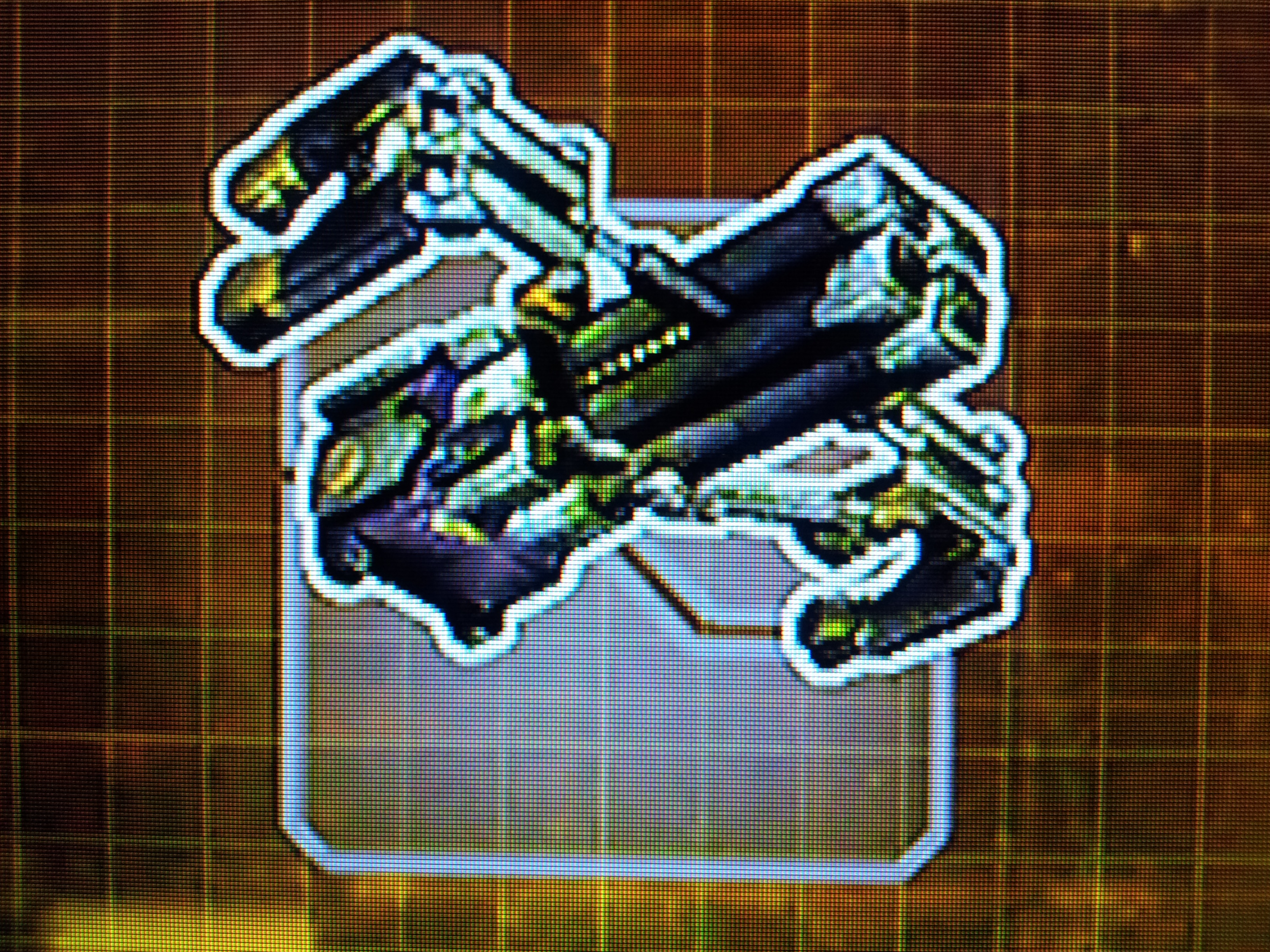
Railguns are still very much at the research stage after decades of R&D, and it remains to be seen whether they will be deployed as practical military weapons in the foreseeable future. The absence of explosive propellants or warheads to store and handle, as well as the low cost of projectiles compared to conventional weaponry, are also advantageous. Because of the potentially higher velocity of a railgun-launched projectile, its force may be much greater than conventionally launched projectiles of the same mass. The destructive force of a projectile depends upon its kinetic energy (the projectile's mass multiplied by its velocity squared, divided by 2) at the point of impact. For a similar projectile, the range of railguns may exceed that of conventional guns. While explosive-powered military guns cannot readily achieve a muzzle velocity of more than ≈2 km/s (Mach 5.9), railguns can readily exceed 3 km/s (Mach 8.8). APFSDS) rather than using conventional propellants. Īs of 2020, railguns have been researched as weapons utilizing electromagnetic forces to impart a very high kinetic energy to a projectile (e.g. It is based on principles similar to those of the homopolar motor. The railgun uses a pair of parallel conductors (rails), along which a sliding armature is accelerated by the electromagnetic effects of a current that flows down one rail, into the armature and then back along the other rail. The projectile normally does not contain explosives, instead relying on the projectile's high kinetic energy to inflict damage. Test firing at the United States Naval Surface Warfare Center Dahlgren Division in January 2008 Ī railgun (also spelled rail gun) is a linear motor device, typically designed as a weapon, that uses electromagnetic force to launch high- velocity projectiles.

For other uses, see Railgun (disambiguation).


 0 kommentar(er)
0 kommentar(er)
